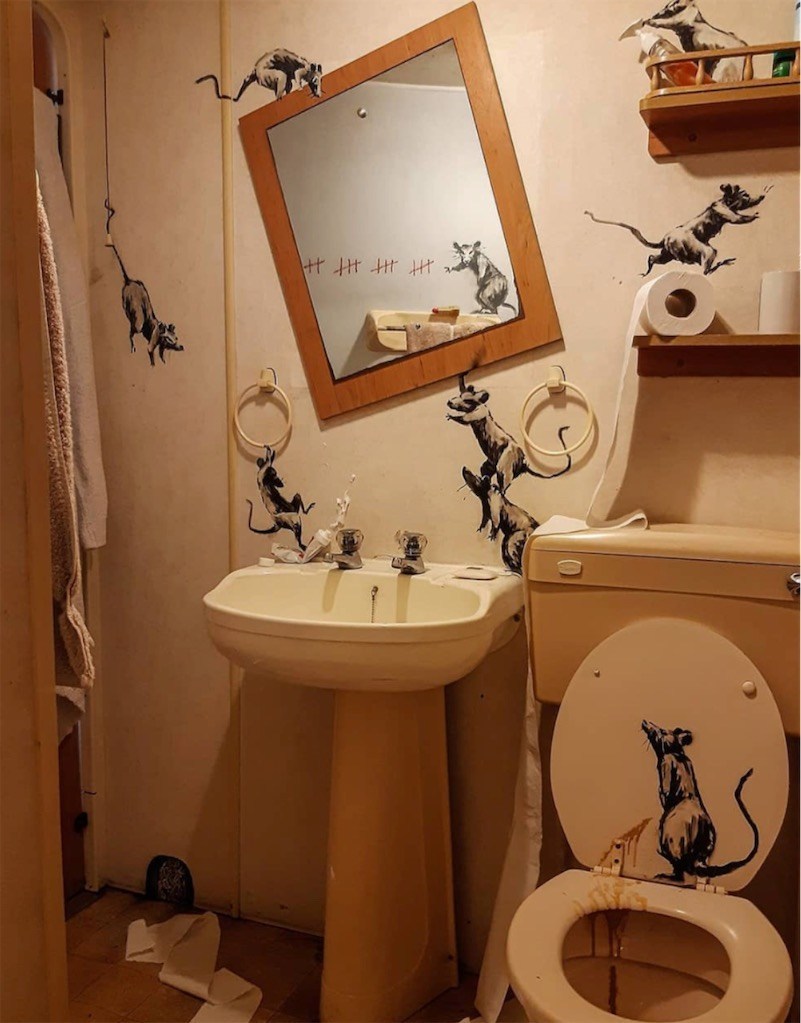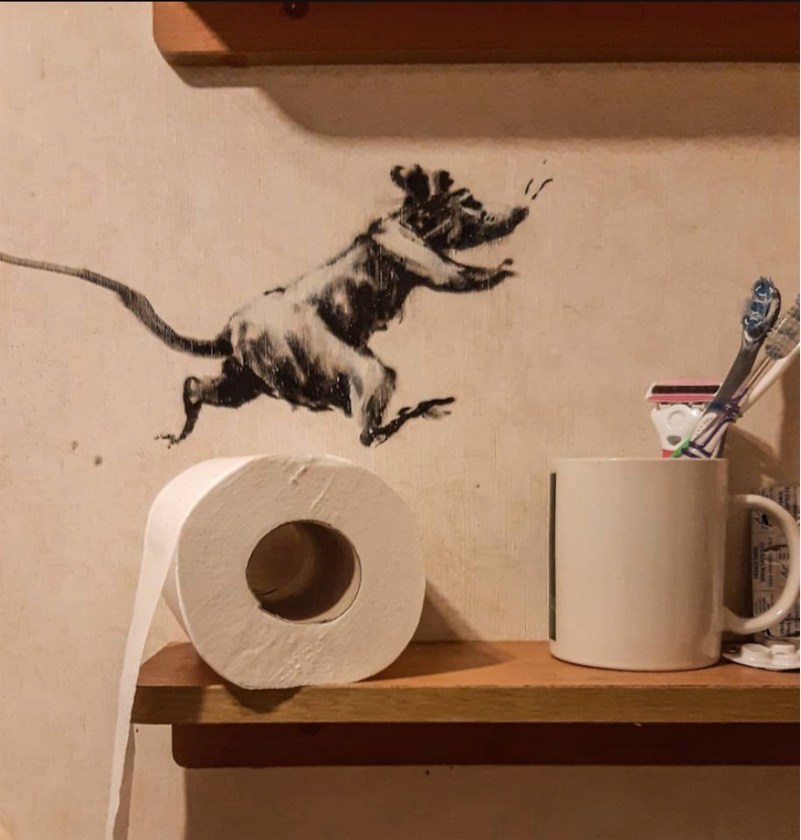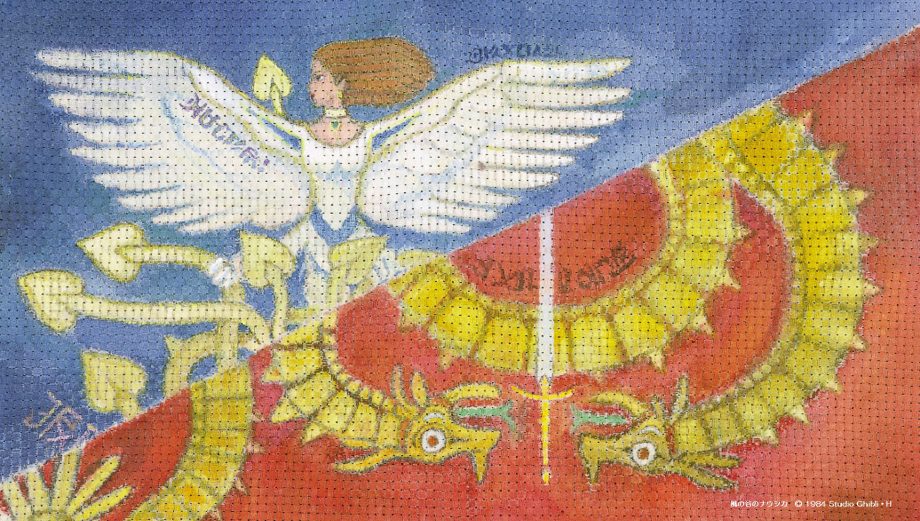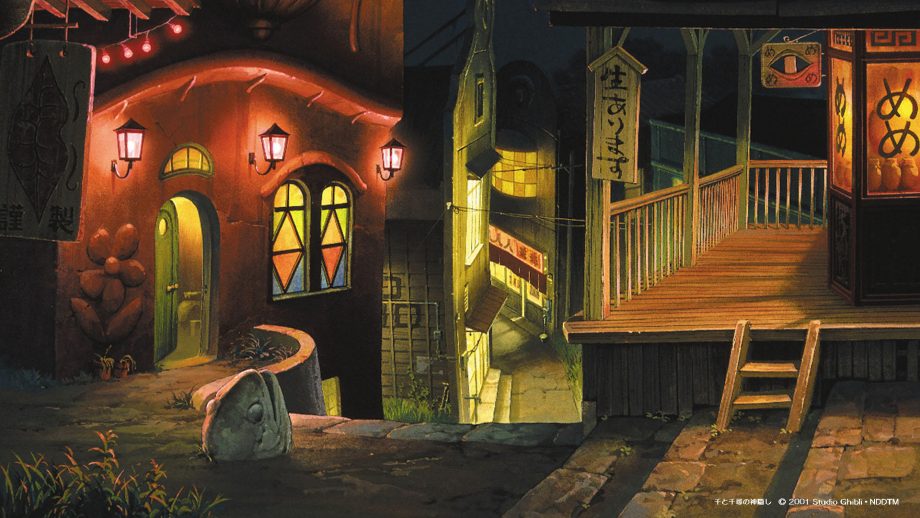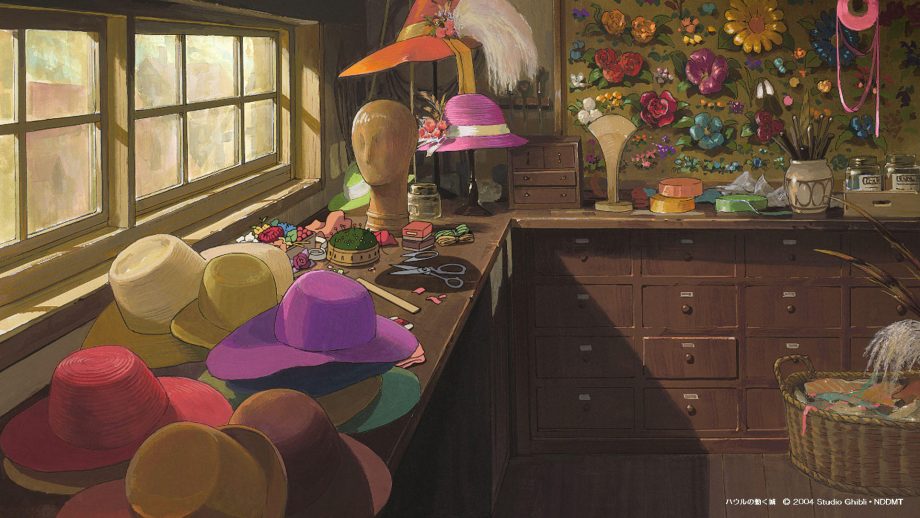World War I symbolism gets lost on Americans. Our historical memories are short and selective, and the War has “largely vanished from view,” as historian Geoffrey Wawro writes at Time magazine. But in Europe, of course, where some armies suffered ten times the casualties as U.S. troops, and where millions of civilian died and towns were bombed into oblivion, the memory of the Great War is very much alive.
In Ypres, Belgium, the War has been memorialized every day since 1928 (with the exception of four years of German occupation during WWII) by the Last Post Association, a devoted company of buglers who play the military song at the Menin Gate memorial every evening to commemorate the British dead at the Battle of Ypres. As of this writing, they’ve held their 31,748th ceremony.
In Britain itself, and around the world, the tune has a long history as a symbol, like the poppy, of Remembrance Day. Just like Taps in the U.S., the Last Post is “a bugle call,” writes the Last Post Association, “played in the British Army (and in the armies of many other lands) to mark the end of the day’s labours and the onset of the night’s rest…. It has come to represent a final farewell to the fallen at the end of their earthly labours and at the onset of their eternal rest.”
Robert Graves summed up the song’s association with death in his 1918 poem, “The Last Post”:
The bugler sent a call of high romance—
“Lights out! Lights out!” to the deserted square.
On the thin brazen notes he threw a prayer,
“God, if it’s this for me next time in France…
O spare the phantom bugle as I lie
Dead in the gas and smoke and roar of guns,
Dead in a row with the other broken ones
Lying so stiff and still under the sky,
Jolly young Fusiliers too good to die.”
I imagine Mark Knopfler, a lover of poetry, might be familiar with Graves’ verse. In his own rendition of the Last Post, above, Knopfler commemorates 17,000 Northumberland Fusiliers killed in the War, who came from his home region and suffered more casualties than any other regiment. Recorded on Remembrance Day, November 8, 2018, the 100th anniversary of the War’s end, Knopfler’s version is both restrained and fiercely overdriven, recalling Hendrix’s “Star-Spangled Banner” in some of its flashier moments of vibrato. Rather than one of his usual iconic guitars, he plays a custom instrument that howls like a keening bugle.
The recording was part of a project in which musicians around the world played the ceremonial call on a variety of instruments. For comparison with Knopfler’s creative interpretation, see a straightforward rendition played above by a member of the Australian Royal Military College Band. The bugle call reminds us of the war dead we may have forgotten, and the millions killed by starvation and influenza after the armistice. And perhaps it also reminds us of the importance of collective mourning for the dead in our own extraordinary historical moment.
Related Content:
Guitar Stories: Mark Knopfler on the Six Guitars That Shaped His Career
Mark Knopfler Gives a Short Masterclass on His Favorite Guitars & Guitar Sounds
The Great War: Video Series Will Document How WWI Unfolded, Week-by-Week, for the Next 4 Years
Josh Jones is a writer and musician based in Durham, NC. Follow him at @jdmagness
